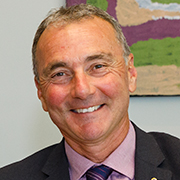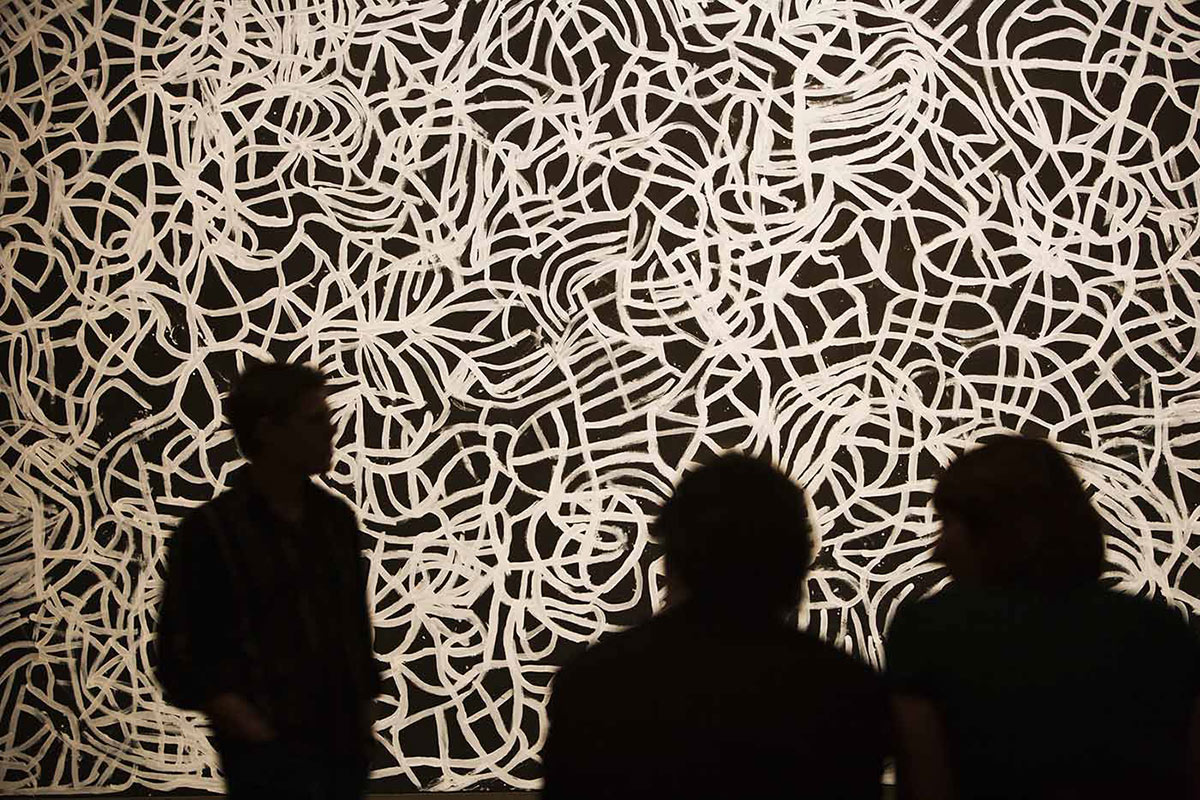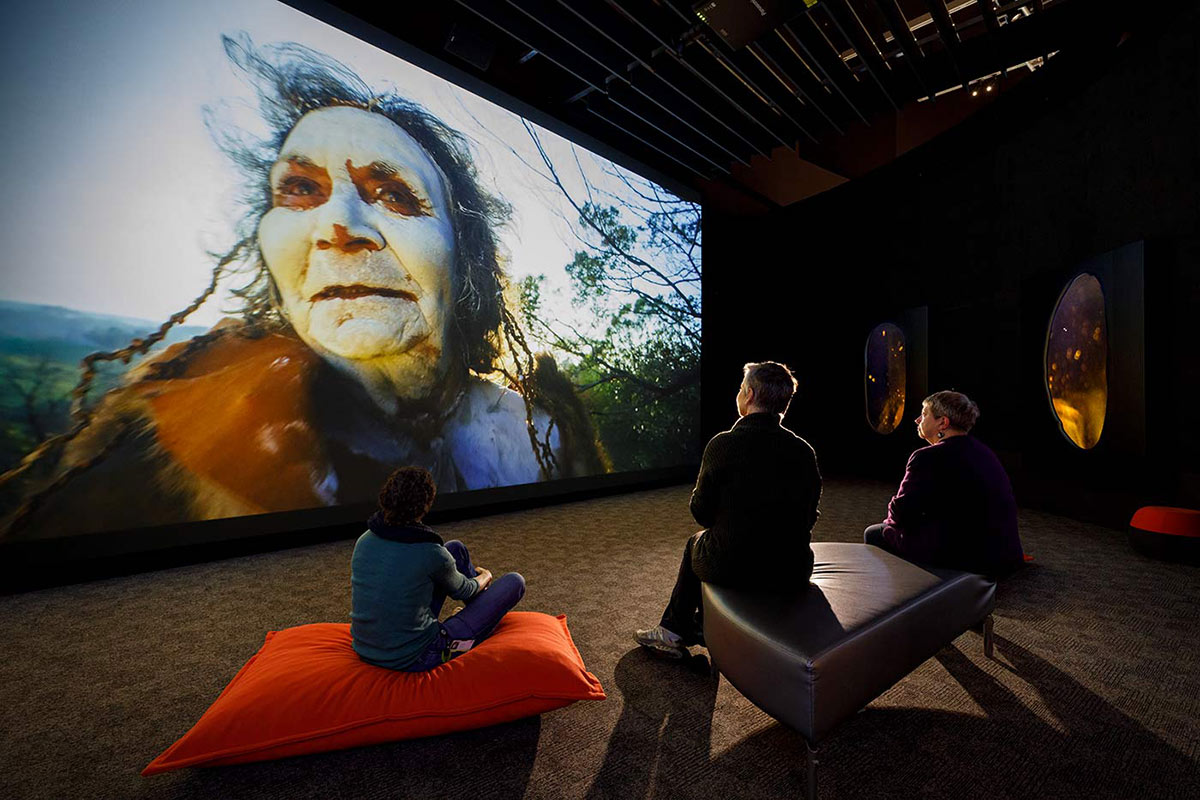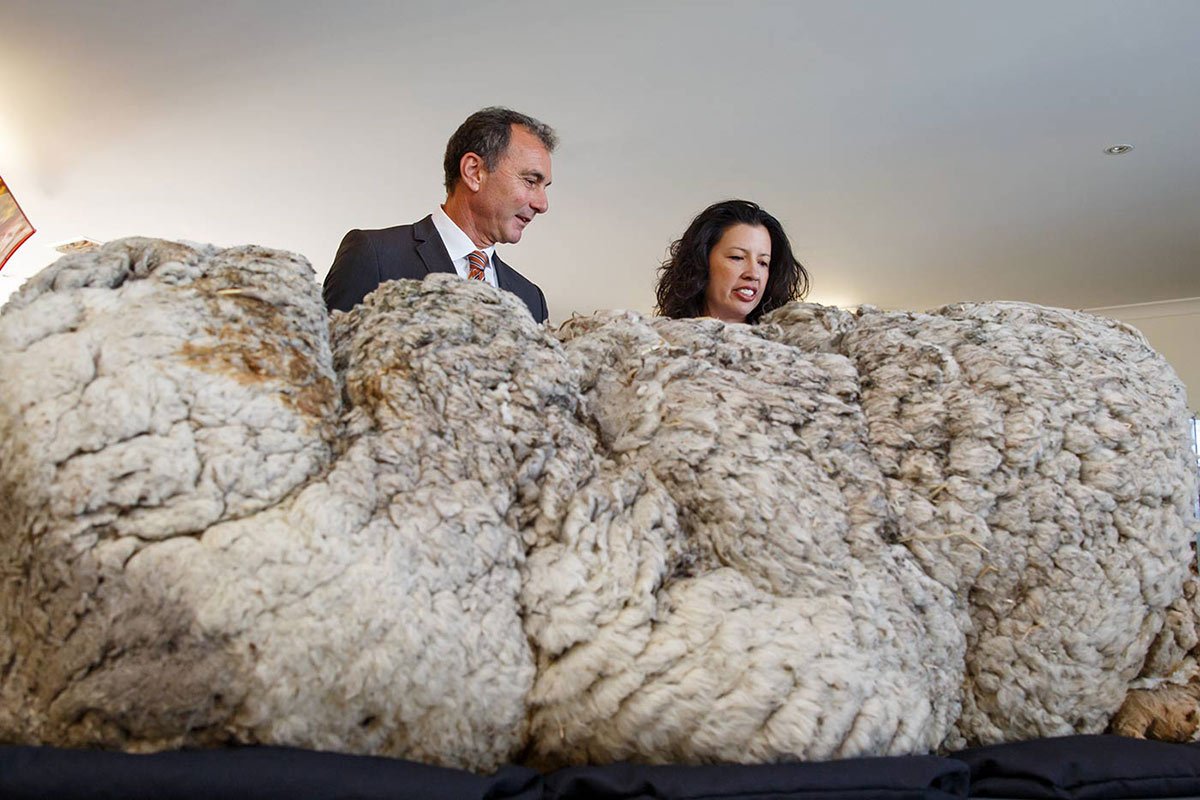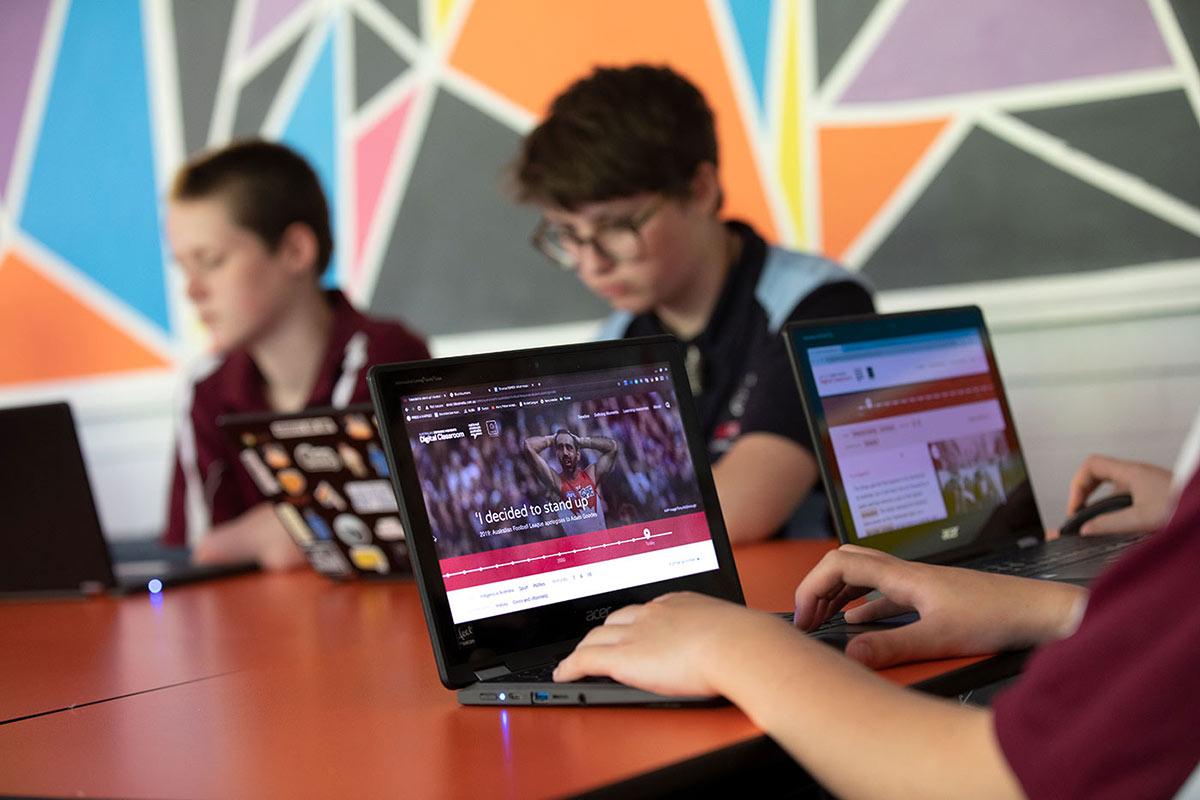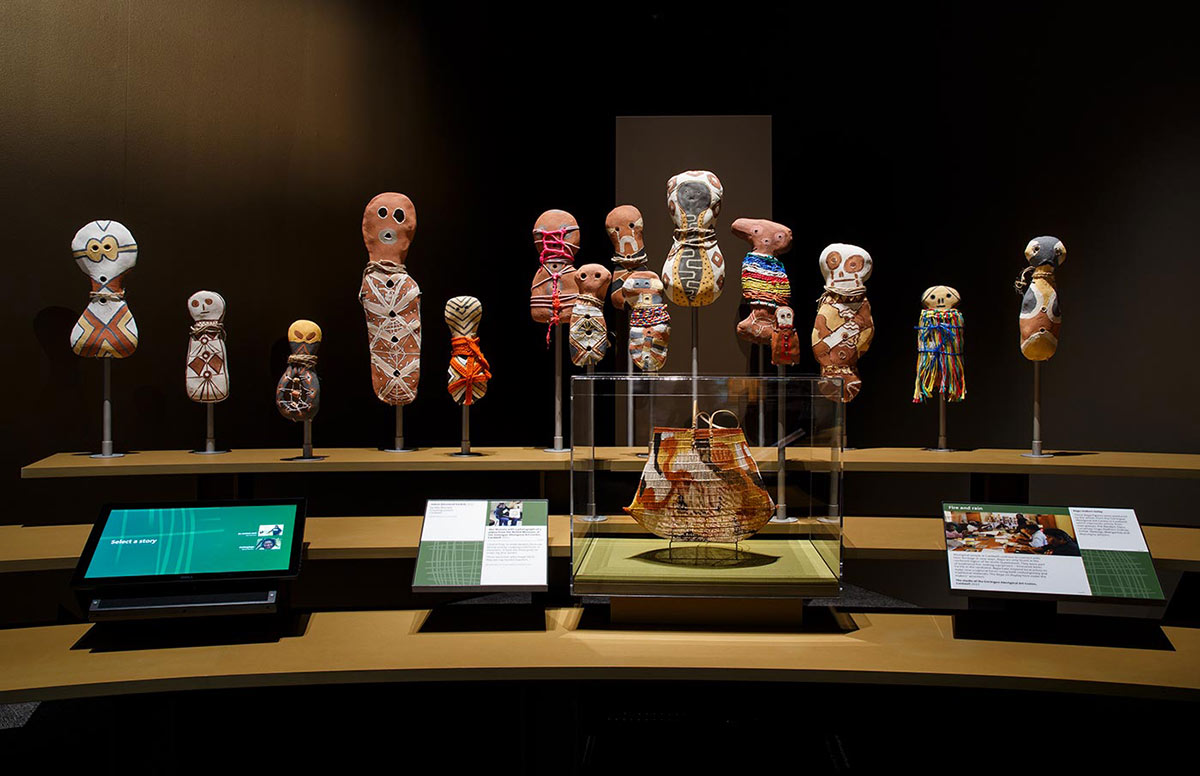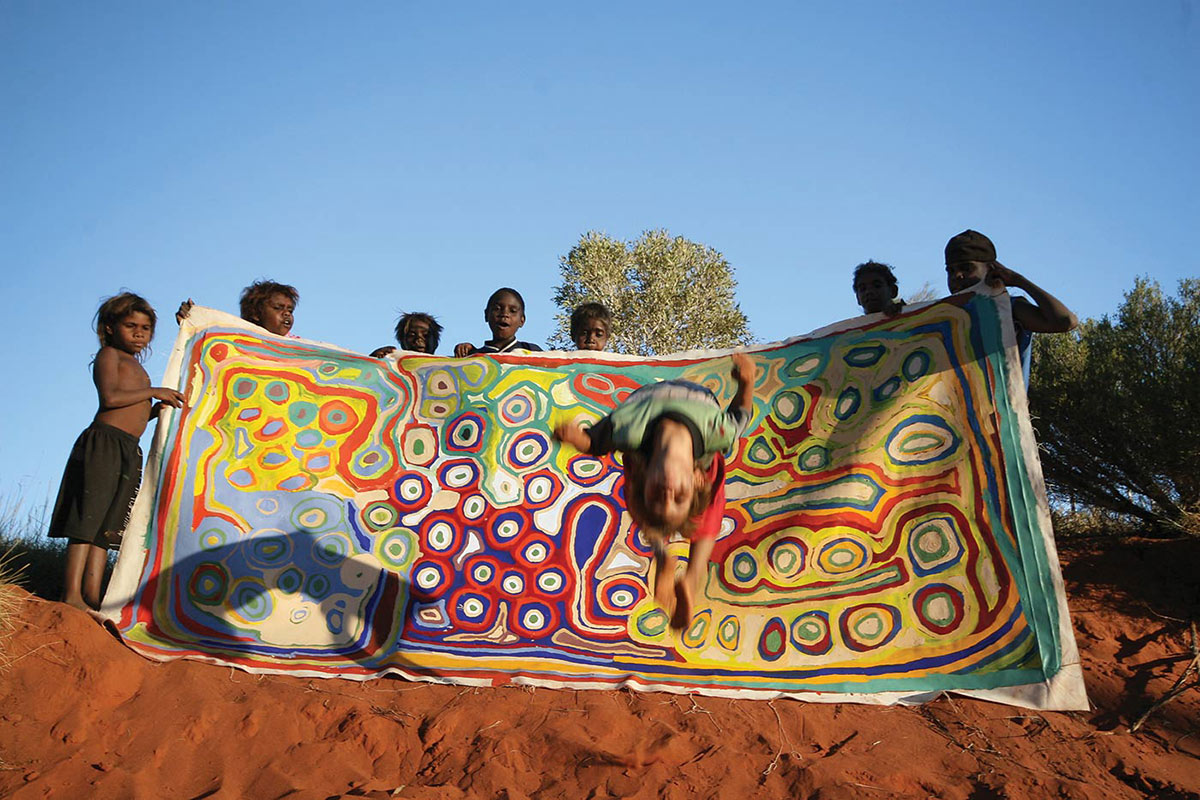This year the National Museum celebrates 20 years since opening its doors at Acton, in Canberra. It is remarkable to think how far the organisation has come and how it has mirrored changes in Australian life over that time.
Our opening was not without its challenges. The Museum found itself centrestage in debates on the nation’s past from the time it welcomed its first visitors in 2001.
Those early years had their moments but, as is often the case, these challenges served to make us stronger and wiser and shaped our future growth. The history wars, as they were referred to at the time, taught us to dig deep, to explore how we talk about our complex shared histories and indeed what it means to be the nation’s museum.
Since that time, the Museum has evolved, matured and blossomed. It has embraced its role of bringing the great and varied stories of Australia to life, collecting, documenting and displaying the breadth of our national experience, with scholarship and craft.
In exhibitions like Rare Trades, Outlawed!, Extremes, Captivating and Curious, Utopia: The Genius of Emily Kngwarreye, League of Legends, Yiwarra Kuju, Miss Australia, Between the Flags, Old Masters and Spirited, the Museum has ranged across themes that reflect all walks of life. It has spoken to people simply and directly, letting them know how much their stories matter.
The Museum has also sought to build the National Historical Collection into the pre-eminent artefactual record of our nation’s history, with key acquisitions like the No. 1 Holden Prototype, the convict love tokens, the Canning Stock Route collection, the Wimbledon trophies of Evonne Goolagong Cawley, the Brabham BT-19 racing car, Chris the Sheep’s world record fleece and, more recently, the astonishing and peerless Trevor Kennedy collection.
We have programs that celebrate national achievement and excellence, like our annual exhibition involving finalists in the Australian of the Year Awards and our Defining Moments in Australian History discussions. Our recent launch of the Defining Moments Digital Classroom has seen us create a wealth of resources on Australian history for schools, encouraging students to think and learn about who we are as a people.
Shared history
We’ve also come to understand that the National Museum sits at the intersection of the great stories of our land – the stories of Australia’s First Peoples and their long and successful adaptation to successive changes in the continent’s environment and climate over many thousands of years, and the stories of all those who have come after and together have built a modern and vital nation the envy of people round the world.
All the while, the Museum has held to an essential truth of our nation and its past. It recognises our stories necessarily demand we are honest about the impact and cost visited upon the Aboriginal and Torres Strait Islander peoples of this continent over the past 250 years. More than that, we understand that truth-telling is to be embraced, not feared. It is the foundation upon which we build a shared and equitable future.
The Museum seeks to embraces all perspectives as it tells the national story, from all sides. In many ways, we feel that the work we have done over these two decades has played a critical role in helping Australians understand their history.
No other national cultural institution in the country is more committed to enabling a conversation around Australia’s shared history. The growing maturity and self-confidence in the Museum as it has dealt with these challenging but critical issues has in many ways mirrored broader changes in Australian views and sentiment.
Encounters saw the National Museum broker partnerships with the British Museum and Aboriginal and Torres Strait Islander communities across the length and breadth of this land, and open up discussion of the material legacies of the colonial period. It enabled early collections of First Peoples’ artefacts to return to this country for the first time since their collection, and prompted a national conversation about the rights of source communities and the obligations of museums.
With Songlines, the Museum joined with Aboriginal peoples of central Australia so they could tell their foundational stories for a wide audience, taking us all into the grand narratives of this continent laid down over millennia. The Seven Sisters story, an epic tale which sweeps across a vast swathe of the continent, is one of the great gifts this land’s First Peoples contribute to the wider storytelling of humanity.
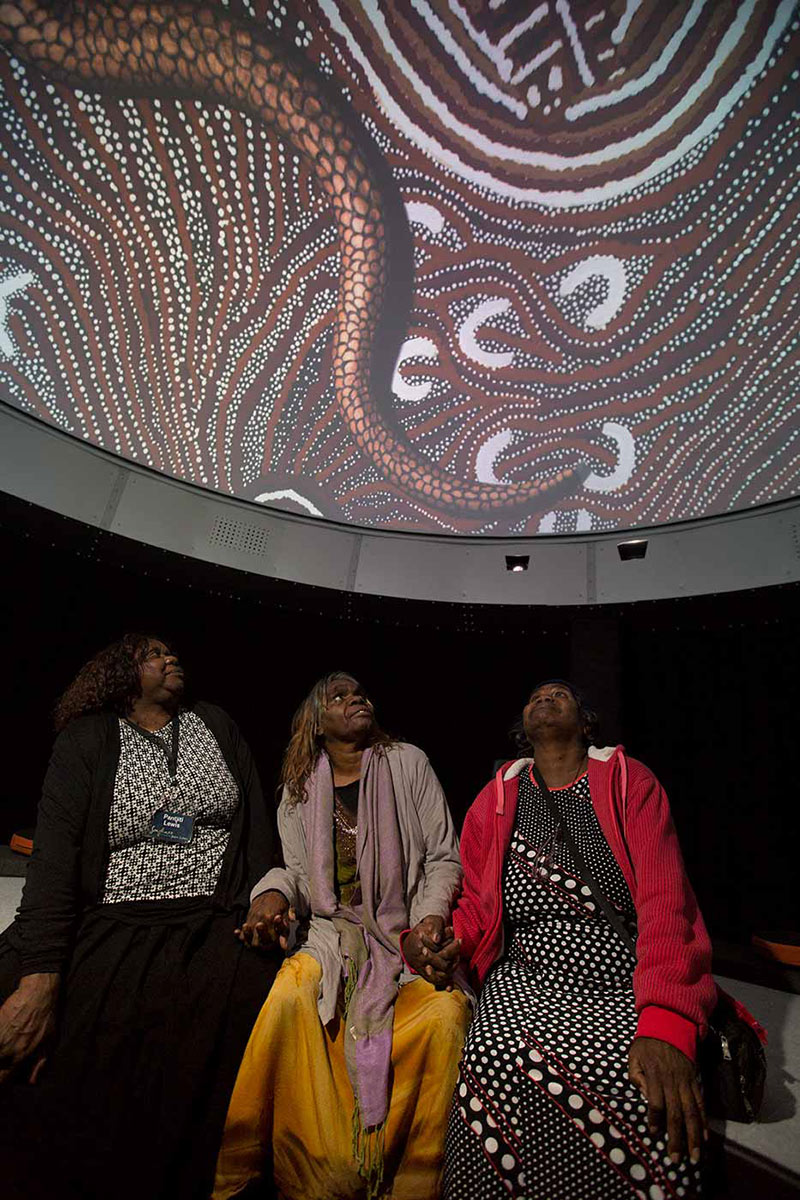
Now, with Endeavour Voyage, the Museum has turned to a foundational history of the nation and told it anew – setting the stories of Aboriginal and Torres Strait Islander peoples for the first time alongside our retelling of the narratives of James Cook and others aboard the ship.
At its heart, the commissioned film, The Message, involves the descendants of those people who witnessed and encountered Cook re-imagining this history on their own terms. It tells the view from the shore, alongside the view from the ship we know so well.
With all these projects the Museum has kept faith with the public it serves, and fulfilled its early promise to hold a mirror up to the nation and show it who and what we are as a people. We have also continued to bring the stories of Australia alive right around this land and overseas, even despite the great challenges of this past year.
Master plan
There’s much still to do, of course. Our master plan, released in 2019, commits us to an overarching plan to enhance and develop our building and programs over the next decade. At the heart of that plan is a vision for a National Museum doubled in size and with a publicly accessible Centre for National Collections, where our material record of Australian life and times can be properly cared for and made available for research and display. We need your help in realising the ambition of that plan.
Ultimately, the Museum’s history as an institution is entwined with that of the Australian people it serves. It is also tied to all that comes next for us, for those who live in this land. In 2021, the National Museum of Australia stands ready for what lies ahead of it – and the nation.
You may also like
